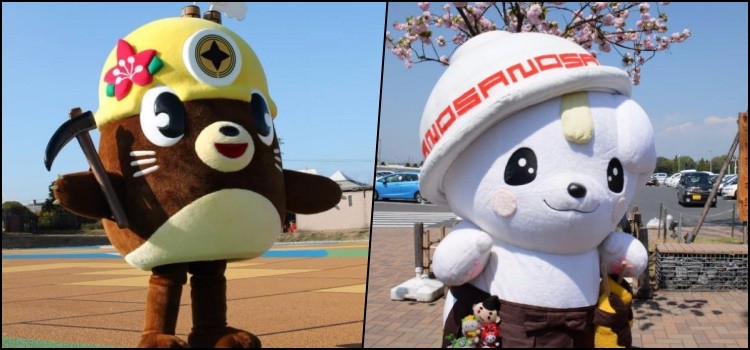In this article, we are going to learn some greetings, and goodbyes in Japanese. Knowing this will help you increase your beginner's vocabulary in the language and start conversations with Japanese. There are thousands of different ways to say hello in Japanese, good morning, good afternoon and good night.
Japan is a country with an ancient culture and divided into many provinces, which contributed to the diversity of dialects and words in the country, its writing has origin of ideograms Chinese, resulting in various readings of a single ideogram. This without mentioning the highly formal language known as polite language. Pay attention to the words we are going to mention in the table below:

Aisatsu - Greetings and Greetings in Japanese
| JAPANESE | ROMAJI | ENGLISH |
|---|---|---|
| 挨拶 | Aisatsu | Greetings |
| お早うございます。 | Good morning | Good Morning. |
| 今日は/こんにちは。 | Konnichi wa | Good afternoon. |
| こんばんは/今晩は | Konban wa | Goodnight |
| お休みなさい | Oyasumi nasai | good night - goodbye |
| ようこそ。 | Youkoso | Welcome. |
| どうも。 | Doumo | Thanks (Can be used as slang for “Thanks”) / hello (Can be used as a greeting depending on the situation). |
| じゃね。/ またね | See you / See you later | Bye see you later. |
| いらっしゃいませ。 | Irasshaimase! | Welcome. (Formal) |
| ごめん下さい。 | Gomen Kudasai | I can enter? |
| 宜しくお願いします | Please and thank you | It can be translated as "Please", "Nice to meet you", "I'm counting on you", "I leave it in your hands" (when asking for a favor). |
| おかえりなさい/お帰りなさい | Okaeri Nasai | Welcome back (home) |
| さようなら。 | Sayounara | Goodbye. |
| さらば | Saraba | An older goodbye used by samurai. |
| 行ってきます。 | I'm off/I'm leaving | I am going. |
| 行ってらっしゃい。 | Itterashai | Go carefully./ Follow your path well. |
| 気をつけて | ki wo tsukete | Take care, farewell form. |
Fun facts about greetings
- Gomen Kudasai Literal translation: "pardon me please." However, it is usually used when entering a place, as a kind of permission.
- Em Yoroshiku Onegai Shimasu, can be used Please rather, to be more formal/polite. This expression is also used when there is an interaction with another person, and the person may respond the same or こちらこそ (kochira koso).
- Welcome it is used more in stores or commerce, to greet/receive customers;
- I'm off/I'm leaving and Itterashai are used indoors when someone leaves or returns, is like saying: I'm leaving, and the person of the house replies: Go in peace / Go your way well, go carefully, come back soon... and just a simple response of interaction between the people in the house;
- Many of the lengths can be abbreviated, when speaking informally, you can simply say: Ohayou, Oyasumi, Yoroshiku.
- These are some of the main greetings and goodbyes used in everyday life in Japan;
We recommend reading:





